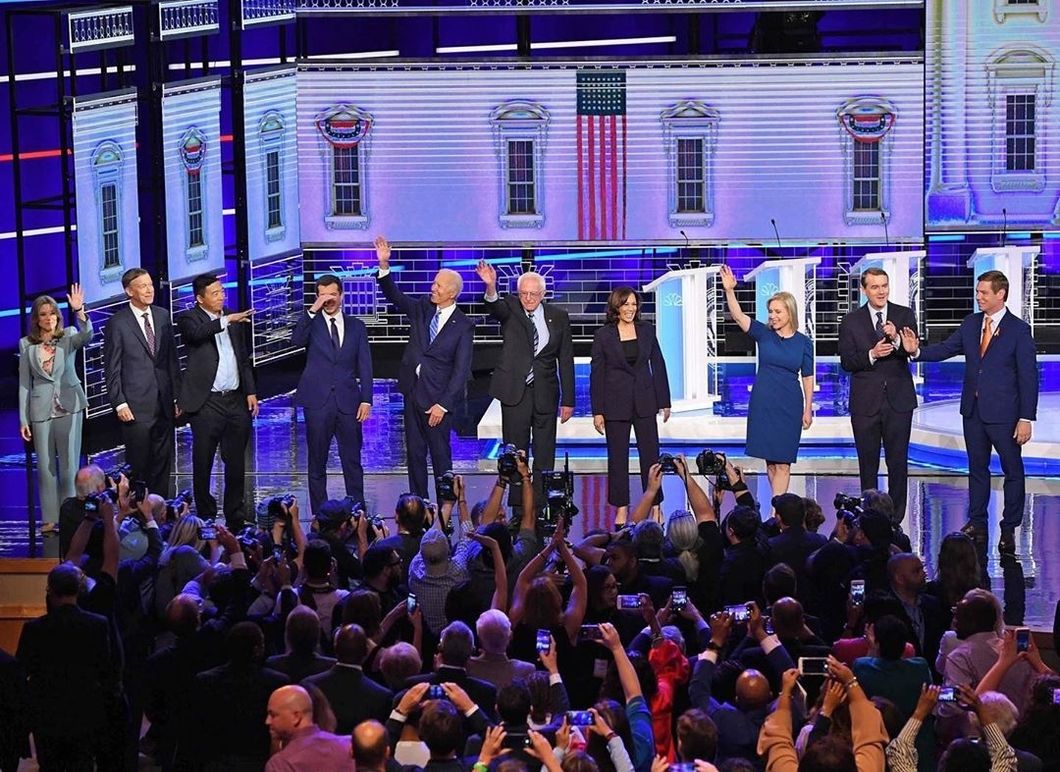Ever since Donald Trump took the Oath of office in January 2017, Democrats across the country have been hell-bent on the 2018 midterms and the 2020 general election. In 2018, Democrats took back the U.S. House of Representatives. Now, the focus for the Democratic Party is to take back the White House in November 2020. There are currently 25 Democrats running for President. The current field of Democrats has some heavy hitters. But most of the candidates have little name recognition and many are struggling to poll in the double digits. 2020 is going to be a horrid election year. Whichever candidate receives the Democratic nomination will be in the dog fight of their lives when they challenge President Trump in 2020.
The first two nights of the Democratic debates were more than enough evidence that there are too many Democrats running for President. Having two nights of debate, to begin with, is obvious some candidates should drop out of the race. When there are twenty plus candidates, it is hard to stand out from the field. This was evident during the debates, especially with a weak debate format. The candidates on stage had very little time to respond to questions during both nights. This makes it hard for viewers to learn about a candidate's policies and agenda.
Even when policy was discussed, most of the answers and opinions were the same because they are all Democrats. Viewers heard little new information about the candidates. When twenty plus people have the same views on immigration, healthcare, and climate change, it is hard for potential voters to single out a candidate. Any candidate can lay out a policy agenda in a 90-second response. But under this format, it is hard to see which candidates have a vision for the country.
Another problem with the debates is that they do not feel like debates. With such short responses and moderators cutting off those on stage, it is hard to have a real debate and discussion. The first two nights of debate felt like stump speeches from the candidates. Part of the problem is the number of candidates. With such a large field, it imposes a debate format that cripples discussion on the electorate. Viewers saw some friction between Senator Harris and Vice President Biden. But an entire debate should carry that kind of experience. Out political leaders have forgotten how to properly display rhetoric and oratory on a debate stage.
The next two nights of Democratic debates are on July 30 and 31. It is expected that twenty-one candidates will qualify for the debates, which is one more candidate than the last round of debates. Because that is what the debates were lacking, another body on stage. Changes to the debate format are unlikely since there are so many people in the race. If Democrats were serious about beating President Trump, some would drop out of the race to ensure prominent candidates can sell their message. 2020 will not bring easy races for Democrats for the House, Senate, or the Presidency. It is imperative that there is party unity heading into an election year.



















